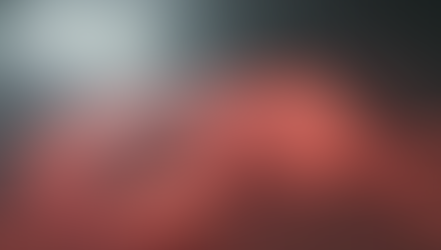The big bell test
- Marine Le Bouar

- May 16, 2018
- 4 min read

On November 30th, 2016, more than 100,000 people around the world contributed to a suite of first-of-a-kind quantum physics experiments known as The BIG Bell Test. Using smartphones and other internet-connected devices, participants contributed unpredictable bits, which determined how entangled atoms, photons, and superconducting devices were measured in twelve laboratories around the world.
Scientists used the human input to close a stubborn loophole in tests of Einstein's principle of local realism. The results have now been analysed, and are reported in this week's Nature.
In a Bell test (named for the physicist John Stewart Bell), pairs of entangled particles such as photons are generated and sent to different locations, where particle properties such as the photons' colours or time of arrival are measured. If the measurement results tend to agree, regardless of which properties we choose to measure, it implies something very surprising: either the measurement of one particle instantly affects the other particle (despite being far away), or even stranger, the properties never really existed, but rather were created by the measurement itself. Either possibility contradicts local realism, Einstein's worldview of a universe independent of our observations, in which no influence can travel faster than light.
The BIG Bell Test asked human volunteers, known as Bellsters, to choose the measurements, in order to close the so-called "freedom-of-choice loophole" - the possibility that the particles themselves influence the choice of measurement. Such influence, if it existed, would invalidate the test; it would be like allowing students to write their own exam questions. This loophole cannot be closed by choosing with dice or random number generators, because there is always the possibility that these physical systems are coordinated with the entangled particles. Human choices introduce the element of free will, by which people can choose independently of whatever the particles might be doing.
Led by ICFO-The Institute of Photonic Sciences, in Barcelona, the BIG Bell Test recruited participants worldwide to contribute unpredictable sequences of zeros and ones (bits) through an online video game. The bits were routed to state-of-the-art experiments in Brisbane, Shanghai, Vienna, Rome, Munich, Zurich, Nice, Barcelona, Buenos Aires, Concepción Chile and Boulder Colorado, where they were used to set the angles of polarizers and other laboratory elements to determine how entangled particles were measured.
Participants contributed with more than 90 million bits, making possible a strong test of local realism, as well as other experiments on realism in quantum mechanics. The obtained results strongly disagree Einstein's worldview, close the freedom-of-choice loophole for the first time, and demonstrate several new methods in the study of entanglement and local realism.
The ICFO Quantum Memory Experiment
Each of the twelve labs around the world carried out a different experiment, to test local realism in different physical systems and to test other concepts related to realism. ICFO contributed with two experiments. The ICFO 1 team, composed of Pau Farrera and Dr. Georg Heinze, led by ICREA Prof. at ICFO Hugues de Riedmatten, performed a Bell test using entanglement between two very different objects: a single photon and a trapped cloud with millions of atoms. This cloud acted as a "quantum memory" storing for some time the matter part of the entangled state, and transferring it later into another single photon. The entanglement was analysed using optical interferometers and single photon detectors. The measurement settings of these interferometers were chosen by the random numbers provided by the Bellsters. Specifically, the random numbers were deciding the voltages that were applied to a piezoelectric device attached to the interferometers. The results obtained clearly contradict the concept of local realism.
The ICFO 2 team performed a Bell test using entanglement between two single photons of different color generated with a solid-state photon pair source. The researchers, Dr. Andreas Lenhard, Alessandro Seri, Dr. Daniel Rieländer, and Dr. Margherita Mazzera, led by ICREA Prof. Hugues de Riedmatten, could generate narrow-band photon pairs in several discrete frequency modes. After separating the photons of the pair, their entanglement was analysed using, in each of the two arms, an electro-optic modulator to overlap the different frequency modes and an optical cavity as spectral filter. The random numbers provided by the Bellsters were exploited to choose the voltages driving both the modulation amplitude and phase of the electro-optics modulators. The experiment was done in collaboration with the ICFO researchers Dr. Osvaldo Jimenez, Dr. Alejandro Mattár and Dr. Daniel Cavalcanti, led by ICREA Prof. at ICFO Antonio Acín. They developed a model to describe the generated entangled state and find the optimal measurements to contradict local realism. From the experiment performed on November 30th, 2016, local realism theories can be ruled out with a significance level of 3 standard deviations, while a stronger violation, of more than 8 standard deviations, was achieved in the weeks following the Big Bell Test day by performing longer measurements with stored human random numbers.
Challenging local realism with human choices The BIG Bell Test Collaboration Nature volume 557, pages 212–216 (2018) doi:10.1038/s41586-018-0085-3
Alina Hirschmann The Institute of Photonic Sciences
alina.hirschmann@icfo.eu Tel: 34-935-542-246
ICFO-The Institute of Photonic Sciences



























Comments